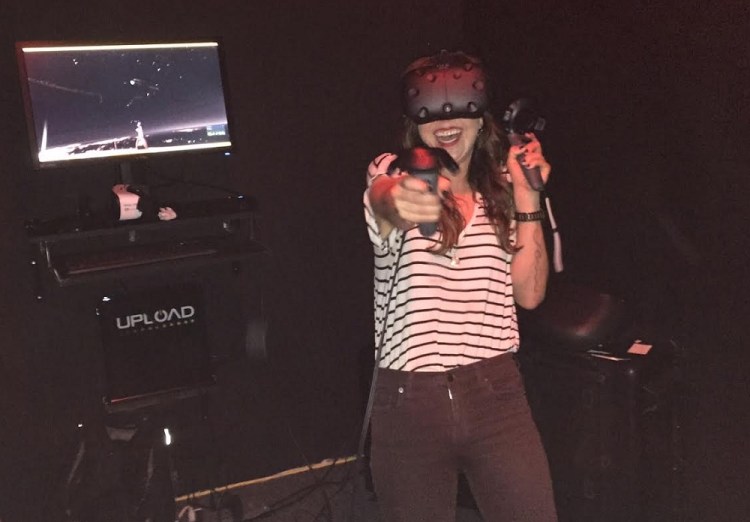The advent of virtual reality may mark a major turn toward gender equality in tech. The roaring debate regarding the lack of women working in technical roles has spawned a real effort to create gender equality in the workforce. We need a giant cultural shift, beginning with schools encouraging more women to study computer science to join these elite ranks and through to companies hiring more women for technical roles and grooming them for the climb to the C-suite.
Can virtual reality be the catalyst?
For those individuals who dare to be pioneers, new industries can create spaces for career breakthroughs. Virtual reality may represent a big opportunity for women developers and programmers in film, journalism, education, and gaming. There’s been a lot of discussion recently about the need for more diversity in virtual reality as the industry begins to take off. It is estimated that by 2020 it will be a $30 billion industry and that currently about 22 percent of game developers in virtual reality are women. We are close to achieving a quarter of the workforce with a 50/50 split in sight.
This shift is further supported by a new study that found women are considered better developers but only if they hide their gender. “The researchers looked at approximately 3 million pull requests submitted on GitHub, and found that code written by women was approved at a higher rate (78.6 percent) than code written by men.” The study revealed there’s a huge gender bias. According to this data, women tend to be better developers than their male counterparts yet they still make up less than 25 percent of the technical workforce. What a fascinating scenario for companies to consider when reviewing talent acquisition and performance strategies and biases..
We conducted an anonymous survey of 108 VR startups ranging from solopreneurs to teams of 40 across Europe, North America, South America, Asia, and Australia. Ten percent of the respondents were part of an all female VR organization, compared to 14 percent all-male. Fifteen percent of the respondents confirmed an equal 50:50 male/female split. Thirty-two percent of the respondents confirmed women comprised between 20-60 percent of their workforce. Nine percent of respondents were female solopreneurs compared to 6 percent of male solopreneurs across games, education, science, and documentary VR ventures in Europe, the USA, and Canada. We’re seeing more women take on a leadership position. This data may suggest a trend toward an increasing number of women being an integral part of the company compared to past tech companies.
These early stats are important because virtual reality is a wide open space at the moment. It’s the perfect space for developers to break through based on meritocracy. Women developers can work in this space on more equal terms than was possible in the past. Games developed by a few ambitious entrepreneurs that gain a following can set new precedents. For women VR innovators, solo entrepreneurship or specialist experiences is a means to bypass the inherent gender bias in large companies. Women who can bootstrap can build their own VR experience and establish their credibility as a developer in the space. This opening may be a shortcut to climbing the ranks. Meanwhile, industries will continue to breakdown gender bias, which will take time.
Virtual reality may represent the open door for women developers spanning across industries such as film, VR hardware technologies, education, journalism, media and advertising. It’s a brand new frontier. The 20th century brought us radio, the motion picture, television and gaming. The 21st century is ushering in virtual reality. This platform represents the next generation of content delivery, and hopefully a shift toward a workforce freed from gender bias. The survey indicates for women developers willing to bootstrap their own start-ups without having to raise venture capital there’s a big opportunity. There’s also evidence that external funding and acquisitions may be more readily available for both women and men in this space. There’s no doubt virtual reality will transform the gaming industry over the next five years as well as the entertainment industry as a whole.
For women entering tech, there’s a clear need for the hiring process to aggressively look for women and find ways to mitigate the inherent bias. Hiring the best talent based on meritocracy rather than cultural assumptions is the endgame objective. Ironically, virtual reality itself may provide the means to create such a platform to hire based purely on merit. What’s evident today? Getting more women into virtual reality seems to be a natural step in creating gender equity that can keep talent development and extraordinary VR experiences moving forward.
Caroline Stokes is founder of Forward, an executive headhunting and coaching company for innovation leaders.
VentureBeat's mission is to be a digital town square for technical decision-makers to gain knowledge about transformative enterprise technology and transact. Learn More

